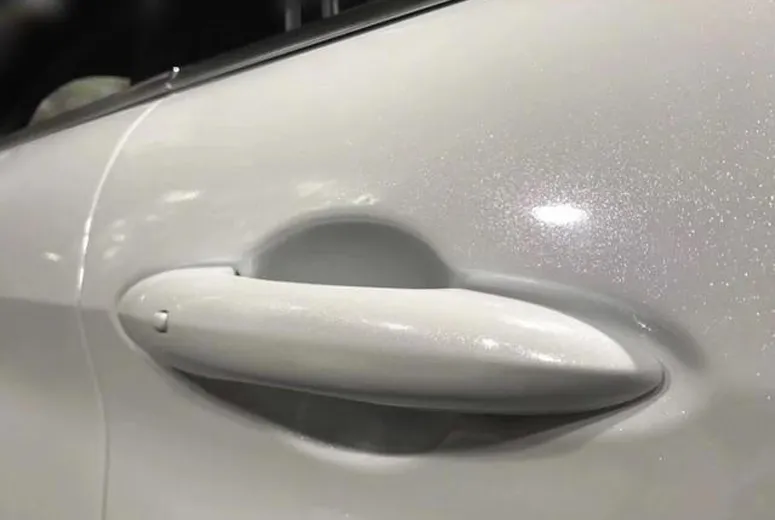Mica Application Innovations in Automotive Coatings for Enhanced Aesthetic and Performance
The Role of Mica in Automobile Paint Enhancing Aesthetic and Performance
In the automotive industry, aesthetics play a crucial role in drawing consumers' attention and influencing their purchasing decisions. One of the key components that contribute to the visual appeal of car exteriors is paint, and mica has emerged as an essential element in automotive coatings. Mica, a naturally occurring mineral, offers a range of benefits that enhance both the look and durability of automobile paint.
Mica is prized for its unique lamellar structure and reflective properties. When incorporated into paint formulations, mica creates a shimmering effect that enhances the depth and richness of colors. This glittering finish not only attracts buyers but also provides a premium feel to the vehicle. Mica-pigmented paints can produce a wide array of effects, from subtle elegance to dynamic, eye-catching visuals. Automotive manufacturers often choose mica-based paints to differentiate their vehicles in a competitive market, as these coatings can produce unique color variations that change with light and angle, creating an engaging and dynamic appearance.
The Role of Mica in Automobile Paint Enhancing Aesthetic and Performance
Furthermore, the incorporation of mica into automotive paints can improve their thermal stability. Mica's natural heat resistance helps prevent the paint from fading or degrading over time, enhancing the longevity of the vehicle's exterior. This thermal stability is critical in protecting the vehicle's underlying materials, as prolonged exposure to high temperatures can lead to paint failure or damage to the substrate these coatings protect.
mica application in automobile paint

Another advantage of mica in automobile paint is its contribution to eco-friendliness. Many modern automotive coatings are being formulated to be more sustainable and reduce environmental impact. Mica is a natural material and, when mined responsibly, can offer an environmentally sustainable alternative to synthetic pigments. Moreover, the durability provided by mica reduces the need for frequent repainting, which can also contribute to lower VOC (volatile organic compounds) emissions over the life of the vehicle.
As automotive manufacturers continue to prioritize sustainability, the demand for eco-friendly materials that offer both performance and aesthetic advantages has significantly increased. Mica, with its natural origins and multiple benefits, aligns perfectly with these evolving industry standards.
However, it is essential to consider the sourcing and mining practices of mica to ensure it is not associated with unethical labor practices. As consumers become increasingly aware of the ethical implications of their purchases, manufacturers must ensure transparency in their supply chains. By supporting responsible mining initiatives and promoting sustainable practices, the automotive industry can harness the benefits of mica while addressing ethical concerns.
In conclusion, mica's application in automobile paint offers a multifaceted advantage, enhancing both aesthetic appeal and performance. From providing a shimmering, eye-catching finish to improving durability and thermal stability, mica is a crucial ingredient in creating the high-quality automotive coatings demanded by consumers today. As the automotive industry continues to innovate and strive for sustainability, mica will likely play a vital role in developing the next generation of eco-friendly and visually stunning vehicle finishes.
-
Transforming Surfaces with Mica-Enhanced Paints in Coatings and DecorationNewsJul.02,2025
-
The Ultimate Guide to Mica-Based Luminous Colors with Pearlescent PigmentNewsJul.02,2025
-
The Critical Role of Mica in Industrial Applications in Welding and Oil FieldsNewsJul.02,2025
-
Revolutionizing Automotive Aesthetics with Modified Plastics Pearlescent PigmentsNewsJul.02,2025
-
The Secret with Mica Powder for Cosmetics Behind Radiant, Natural MakeupNewsJul.02,2025
-
Enhancing Performance in Polymer Applications with Mica Powder for RubberNewsJul.02,2025
Products categories









